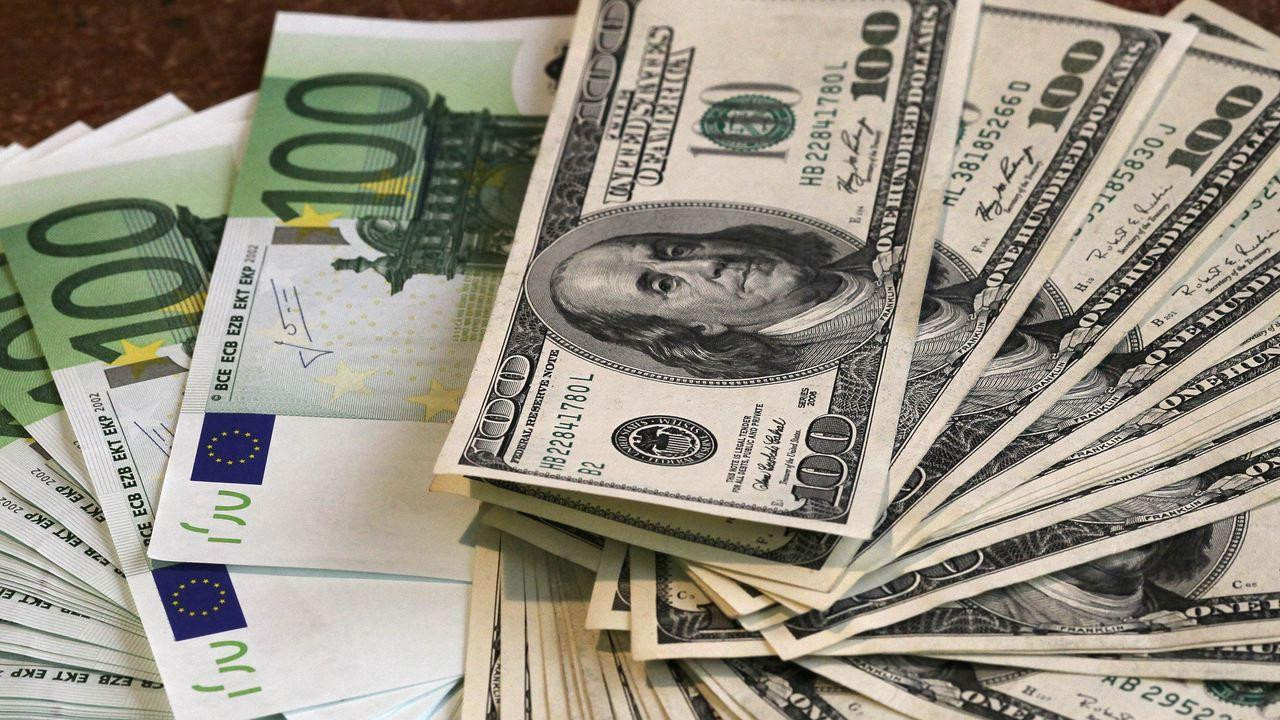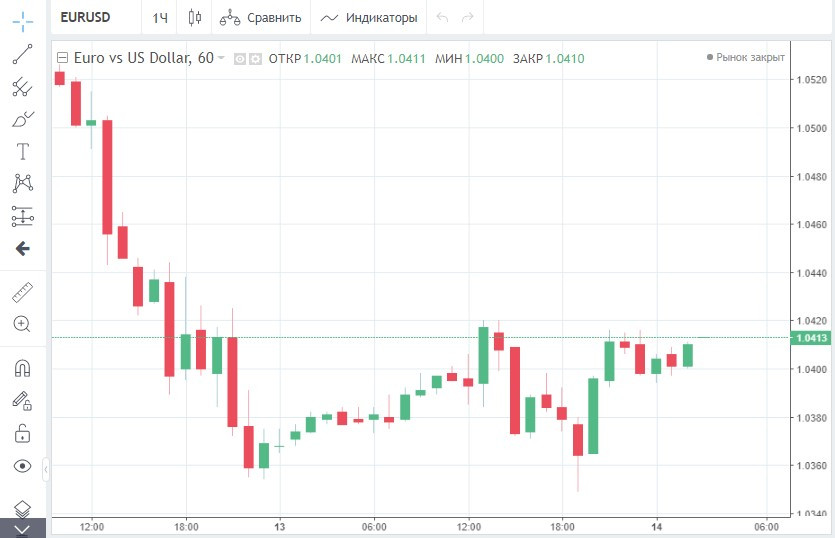
At the end of the week, the dollar again showed an advantage against the European currency. The EUR/USD pair looks extremely oversold right now, but there is still room to fall.
This week, the dollar exchange rate reached a new 20-year peak – the level of 105.01. The last time the US currency traded at this level was back in December 2002.
Anti-risk sentiment served as a springboard for the greenback. Concerns about a slowdown in global economic growth have been exacerbated by the crisis in Ukraine and the ongoing lockdown in China.
This pushed investors to a big stock sell-off. In the past week, world stock indexes have shown an alarming drop, and the demand for a protective dollar has jumped sharply.
Despite the fact that the dollar index fell slightly (by 0.143%, to 104.610) on Friday, the greenback ended the week with an increase.The dollar has already demonstrated its sixth weekly consecutive gain. This is its longest rally this year. Since January, the US currency has risen by 9%.
The dollar's steady growth is facilitated by the tightening of the Federal Reserve's policy. Now the US central bank is several steps ahead of its main colleagues, who also decided to follow a hawkish path in order to reduce high inflationary pressure.
While the Fed has already raised interest rates twice this year, the European Central Bank, at best, will start increasing the indicator only in July.
Moreover, it is expected that the ECB will act at a less aggressive pace than the US central bank. Recall that last week, for the first time since 2000, the Fed raised interest rates by 50 bps at once.
The Fed's determination is a key driver of the dollar's growth against the euro this year. This week, the EU monetary unit fell to 1.0348 against the greenback, the lowest level since January 3, 2017.
On Friday, the EUR/USD pair managed to achieve a modest increase, as the dollar capitulated amid investors' return to risk. The euro rose 0.18% to 1.0398.

Nevertheless, at the end of the seven-day period, the single currency sank again, showing the fifth consecutive weekly decline.
The EUR/USD pair looks very oversold right now, so a corrective decline in the dollar in the near future will be absolutely logical.
However, both fundamental factors and the technical picture indicate a further strengthening of the US currency.
Interest in highly profitable and volatile assets, such as stocks and cryptocurrencies, is noticeably fading, and the demand for a stable and reliable dollar is growing.
Currently, the reluctance to take risks is reinforced by the growing tension in relations between Russia and Western countries.
This week Finland announced that it was abandoning its neutral position and applied to join NATO. Its neighbor Sweden is preparing to take a similar step.
If these Scandinavian countries join the alliance, the Kremlin has threatened to take retaliatory measures.
Dmitry Medvedev, Deputy Prime Minister of the Russian Federation, warned about the risk of a direct conflict between Russia and NATO last week. Further pumping of weapons by Western countries of Ukraine may lead to an escalation of the confrontation.
In addition to geopolitics, the dollar also receives support from macroeconomics. Despite the slowdown in annual price growth in April, Cleveland Fed President Loretta Mister said that inflation in the United States has not yet peaked.
According to the official, if the data does not show improvement in the next few months, the Fed should be ready to consider a sharper rate hike in September.
As for the technical indicators, they reflect a strong bearish momentum for the EUR/USD pair. It will continue to decline in the coming weeks.
The daily chart shows that the pair is moving well below the firmly bearish moving averages. The nearest support level for it is 1.0339 (the lowest value since January 2017).
The EUR/USD pair bottomed out at 1.0334 in January 2003. A break below this level can quickly bring it closer to 1.0200, which will increase speculation about parity.





















